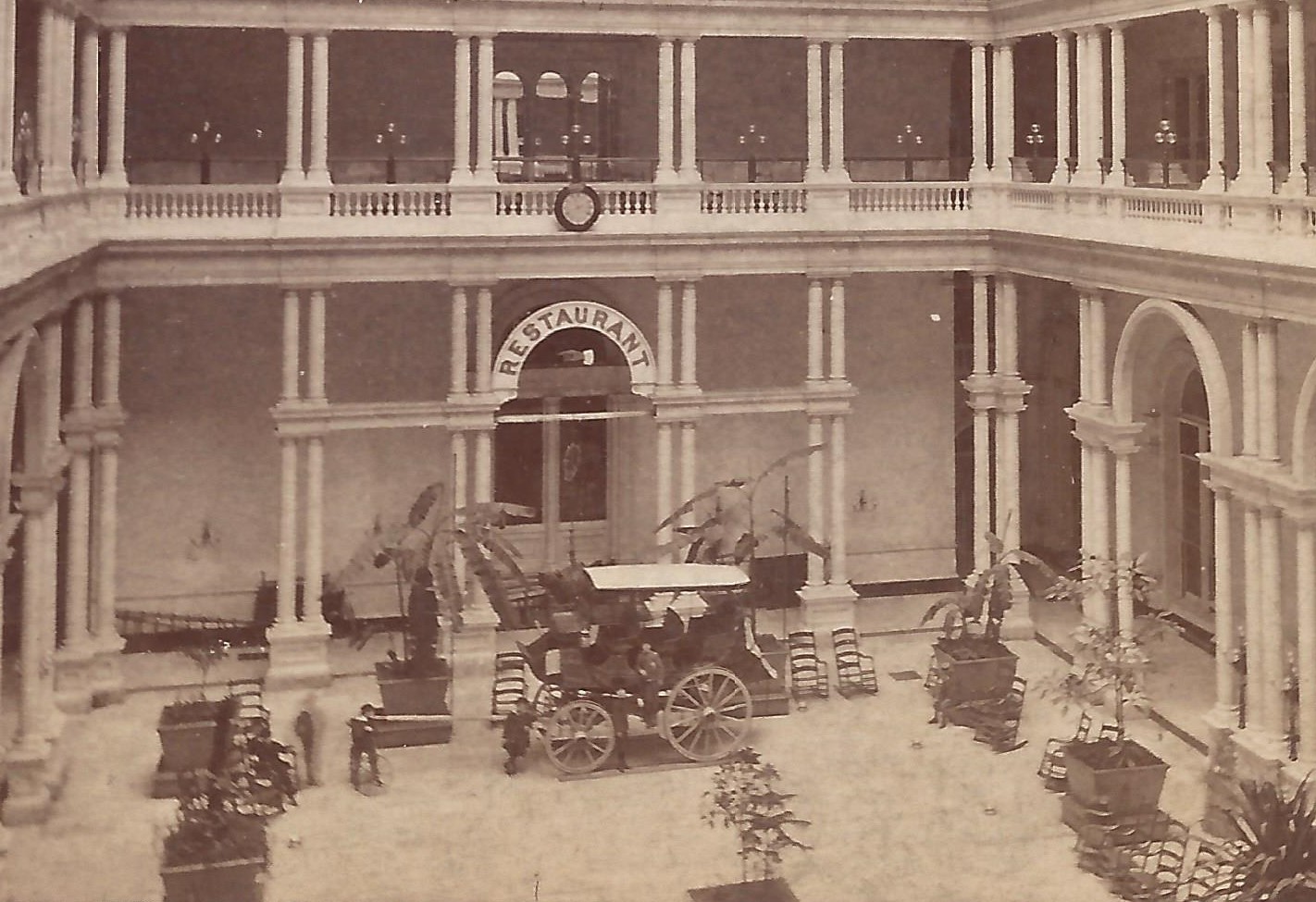Over the years, I've received countless questions related to early American wagons and western vehicles. It's a subject that continually invites curiosity and admiration. Ultimately, what we, as collectors, know and share not only helps reinforce the fascination for these rolling works of art but perpetuates the true personality of a set of wheels.
So, this week, I'd like to turn the tables a bit and ask a couple of questions to vehicle collectors as well. First... how much do you truly know about the individual pieces in your collection? And second... how do you display and share those details? I've been researching and collecting for over two decades and never cease to be amazed at how much there is to learn about individual vehicles and brands, let alone the entire industry.
Whether we're talking about a high-end museum collection with multiple transports or a single set of wheels that's been passed down from an earlier generation, the staged atmosphere surrounding a piece helps set it off as more than a basic concept from a bygone era... it highlights the iconic personality; bringing the piece to life and uniting it to some of the most challenging and exciting times within American history.
We've all seen museum exhibits with elaborate signage and expensive backdrops. While sets like this can be impressive, some of these can be so elaborate they completely miss the mark. Why? Too often, basic history is repeated to the point that the specific provenance attached to a particular set of wheels is completely missed. If you're looking to add to the intrigue of your collection with friends, family, and visitors, hone in on the most personal and historic elements related to a vehicle. I'd recommend that you begin modestly, perhaps with only one vehicle. Start off with your favorite. The feelings you have for that one vehicle will help keep you motivated and perhaps even help establish it as the obvious centerpiece in your collection. Below are a few thoughts on some ways to get started...
Brand History - Work up a brief bio of the brand's background, highlighting its connection to the growth and development of America. You may even be able to profile the maker's involvement in significant events, patents, or legal wranglings. While keeping the details short for easy reading, place the info on a placard next to the wagon.
Brand Advertising/Signage - Early tin, wooden, and cardboard signs can be an ideal accent to a set of wheels. Likewise, old print advertising is often elaborate, helping showcase the way a particular brand was perceived back in the day. If the cost of rare, original signage runs a little outside of your budget, it's also possible to accomplish similar results with inexpensive reproduction pieces. Other options include having a digital print shop enlarge an original advertisement and mount it on a stiff-backed foamboard.
Design Elements - Get creative. Look for supporting accessory pieces from the same era as your vehicle. The presentation of your wagon can benefit from a few (not so many that they're distracting) authentic components like a wagon jack, drag shoe, stay chains, wooden crates/barrels, or even a miniature child's wagon of the same make as your full-sized wagon. Some early wagons might even be appropriate custodians of a period odometer.
Technology Used - Look the wagon over closely. Are there any patent markings or special features that can be called out? These types of bonus details can add greatly to the talking points and interest of a particular vehicle.
Personal History - It's always a good idea to try and acquire as much history on a set of wheels as possible. Even if you don't have a full ownership history, many times a wagon still has the name of a selling dealer stenciled on the box or gear. Researching the dates of operation and details of a particular retail outlet can reinforce the character and story tied to a piece.
Ultimately, it pays to do your homework. Take your time researching; being careful in the details. The last thing anyone wants is to get the history wrong. That said, be advised... the subject of early wooden wagons is full of twists, turns, and sudden stops. Many builders had similar names. Some reinvented themselves under new brand or management names. Still others have a history that has been widely misreported in modern times.
In the end, don't be surprised if the extra efforts put forth in the interpretation of a piece not only reflect your deep appreciation for a set of wheels but also more fully engage family members and visitors in a way you never thought possible. (Of course, these types of vehicle profiles are among the professional services we offer as well)
Best of luck to you!
David
Please Note: As with each of our blog writings, all imagery and text is copyrighted with All Rights Reserved. The material may not be broadcast, published, rewritten, or redistributed without prior written permission from David E. Sneed, Wheels That Won The West® Archives.
